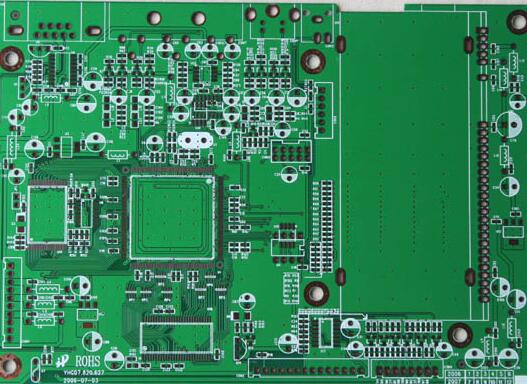The history of the diode
The diode is a detector used as a radio receiver. Thermocouple diodes (vacuum tubes) and solid-state diodes (semiconductors) were developed around the same time in the early 20th century. By the 1950s, due to the poor stability of early point-contact semiconductor diodes, vacuum tube diodes were used more frequently in radios. In addition, most receivers have vacuum tubes for amplification, and vacuum tube rectifiers and gas-filled rectifiers can handle some high-voltage rectification tasks, which are better than semiconductor diodes at the time (such as selenium rectifiers). Nowadays, diodes have become the basic components of PCBA boards.
diode
1. Vacuum tube diode
In 1873, Frederick Guthrie discovered the basic operating principles of thermionic diodes. Guthrie discovered that a positively charged electron microscope can be discharged through an incandescent metal sheet close to the ground. The same situation does not apply to negatively charged electron microscopes, indicating that the current can only proceed in one direction.
Thomas Edison rediscovered this principle independently on February 13, 1880, when Edison was investigating why the filament of his carbon-filament bulb almost always burned at the end that was connected. He has a special light bulb made of a metal plate sealed in a glass envelope. Using this device, he confirmed that an invisible current flows from the luminous filament through the vacuum to the metal plate, but only when the plate is connected to a positive power source, will the current flow.
Edison designed a circuit in which the modified bulb effectively replaced the resistance in the DC voltmeter. Edison obtained a patent for this invention in 1884. Since this device had no obvious practical use at the time, the patent application was just a precautionary measure in case others did discover the so-called Edison effect.
About 20 years later, John Ambrose Fleming, a scientific adviser to Marconi and former Edison employees, realized that the Edison effect could be used as a precision radio detector. Fleming obtained the first real thermionic diode, the Fleming valve, in England on November 16, 1904.

2. Solid state diode
In 1874, German scientist Karl Ferdinand Braun discovered the "unidirectional conduction" of crystals. Braun obtained a patent for crystal rectifiers in 1899. Copper oxide and selenium rectifiers were developed for power applications in the 1930s.
The Indian scientist Jagadish Chandra Bose was the first to use a crystal to detect radio waves in 1894. The crystal detector was developed as a wireless telegraph practical device for Greenleaf Whittier Pickard. Greenleaf Whittier Pickard invented a silicon crystal detector in 1903 and obtained a patent on November 20, 1906. Other experimenters tried various other substances, the most widely used of which was the mineral galena (lead sulfide). The performance of other substances is slightly better, but galena is the most widely used because it has the advantages of being cheap and easy to obtain.
The crystal detectors in these early crystal radios consisted of adjustable wire contacts, usually made of gold or platinum because of their indispensable properties. This troublesome device was replaced by thermionic diodes (vacuum tubes) in the 1920s, but after high-purity semiconductor materials became available, in the 1950s, crystal detectors returned to mainstream use, such as inexpensive Fixed germanium diode. Bell Labs has also developed germanium diodes for microwave reception. AT&T uses this type of diode in its microwave towers. Since the end of the 1940s, it has been used in mobile phones and Internet TV signals. Bell Labs has not yet developed a satisfactory microwave receiving thermocouple diode.
3. Rectifier
When the rectifier is used to rectify a lower power signal, it is usually found that there is a higher current and voltage. Such as power rectifiers (half-wave, full-wave, bridge) and flyback diodes.
4. The smallest diode in the world
Researchers at the University of Georgia and Ben Gurion University of the Negev (BGU) have developed a diode made of DNA molecules. Professor Xu Bingqian of the College of Engineering at the University of Georgia and his team took a single DNA molecule composed of 11 base pairs and connected it to an electronic circuit of several nanometers. When the coral between the layers is inserted between the DNA layers, the current jumps to between the negative value and 15 times the positive value, which is the nanodiode.
Our factory is located in China. For decades, Shenzhen has been known as the world's electronics R&D and manufacturing center. Our factory and website are approved by the Chinese government, so you can skip the middlemen and buy PCB products on our website with confidence. Because we are a direct factory, this is the reason why 100% of our old customers continue to purchase on iPCB.